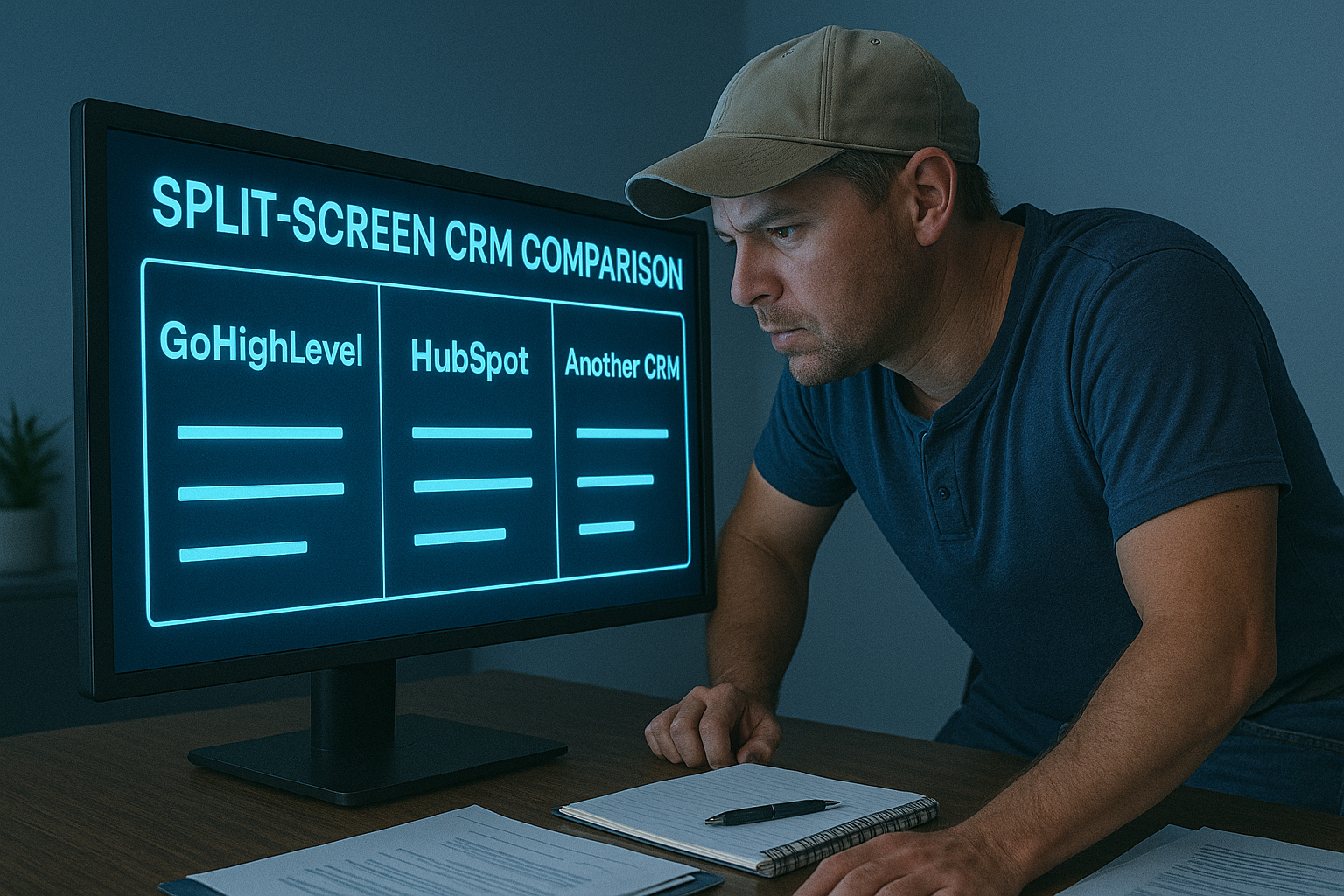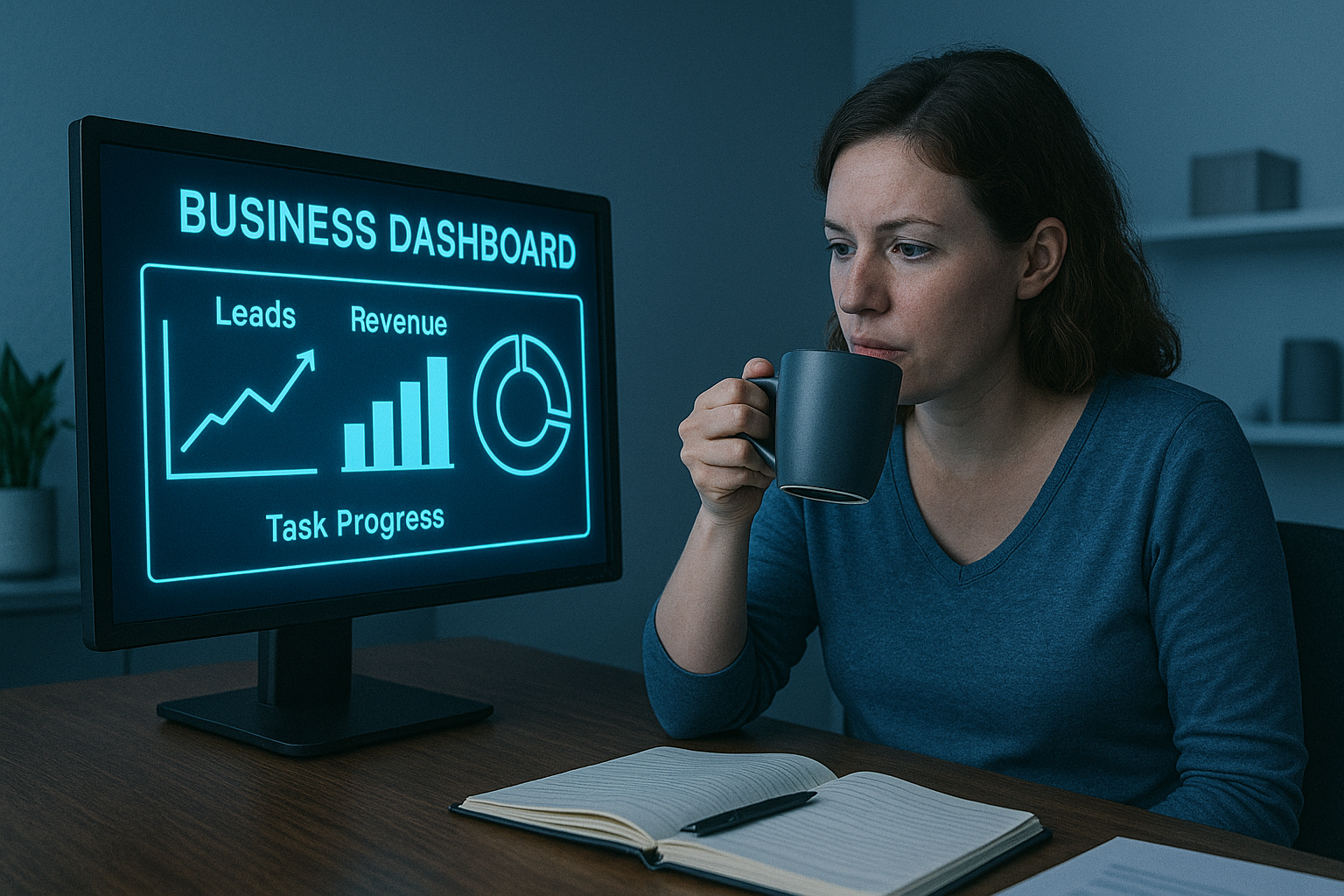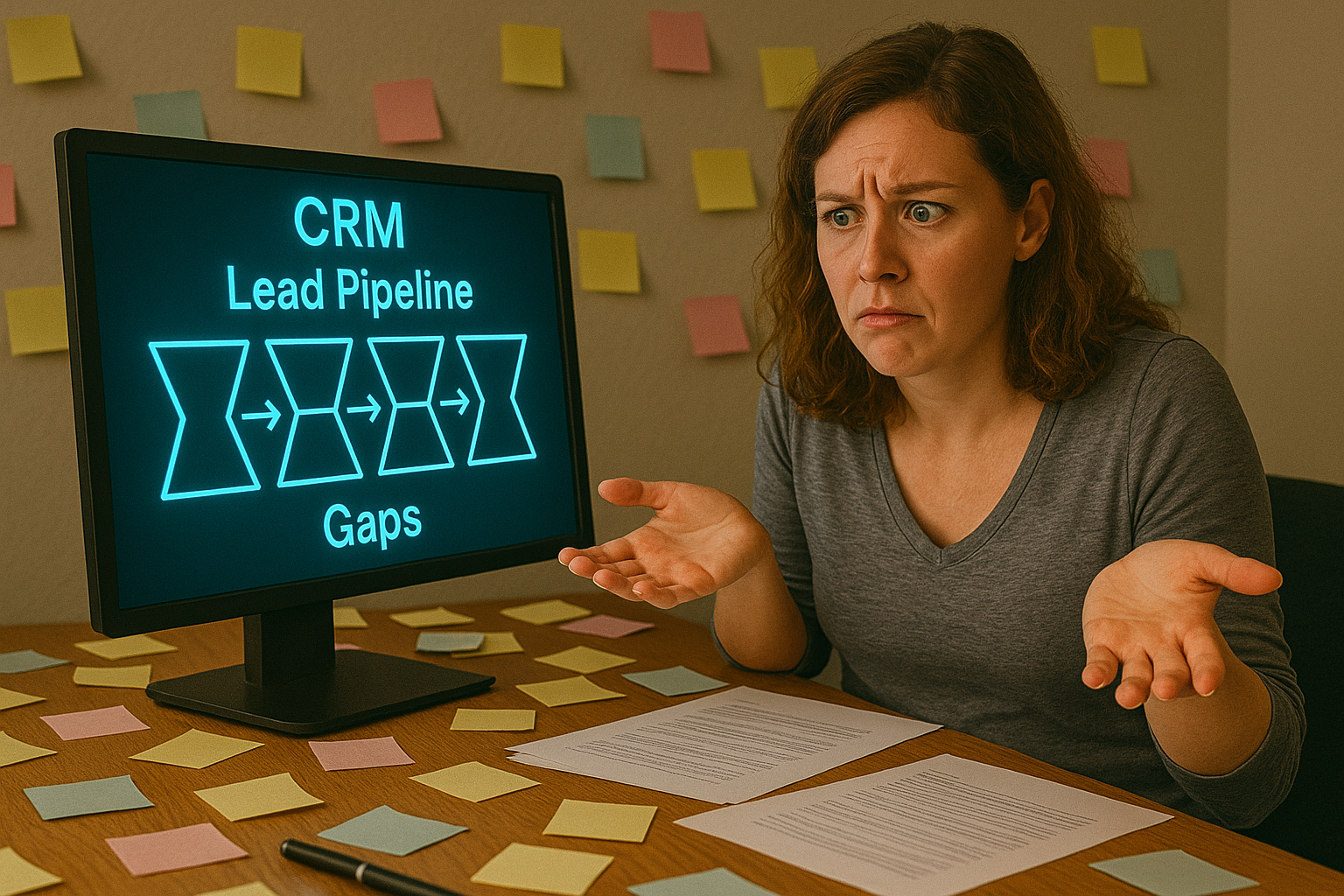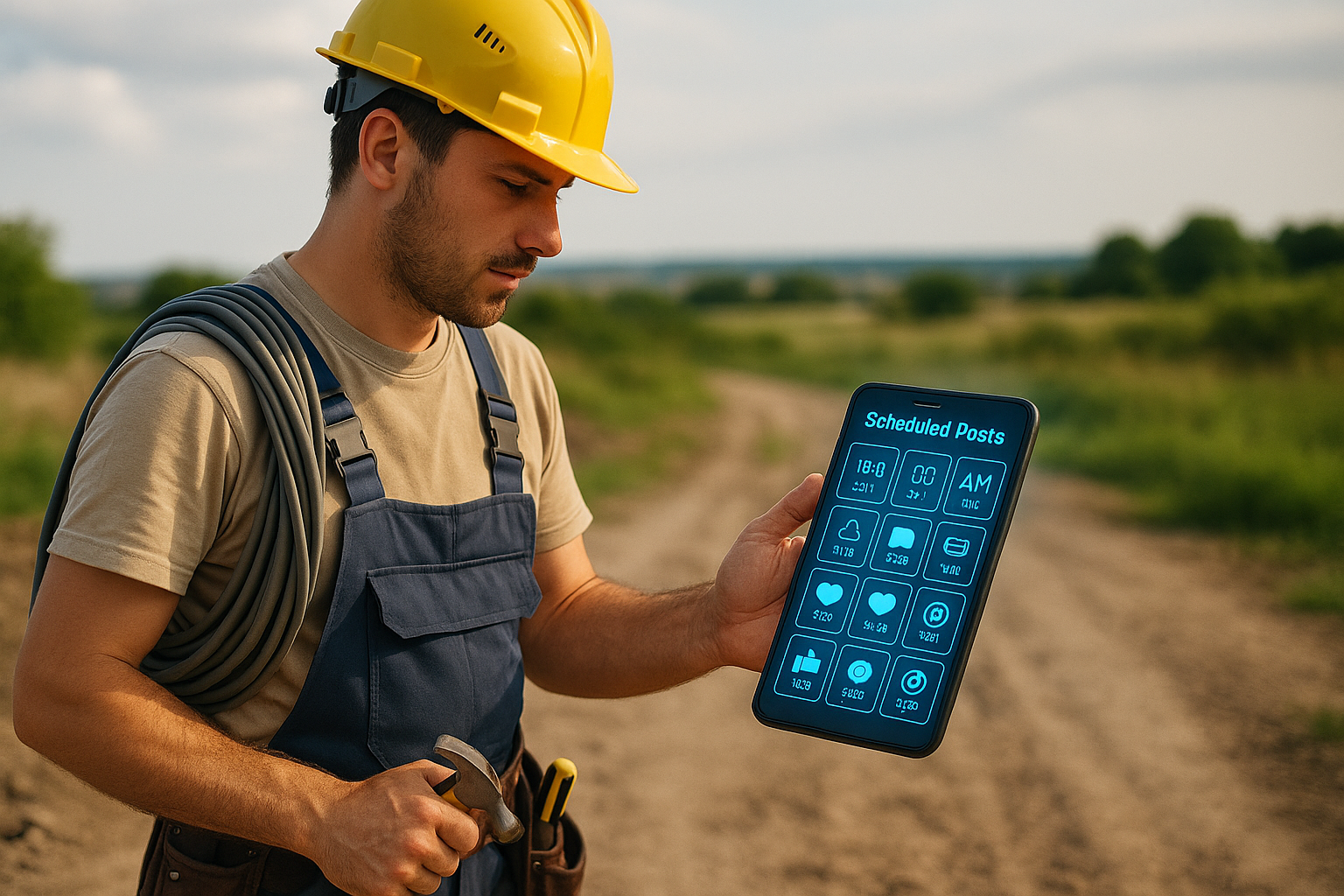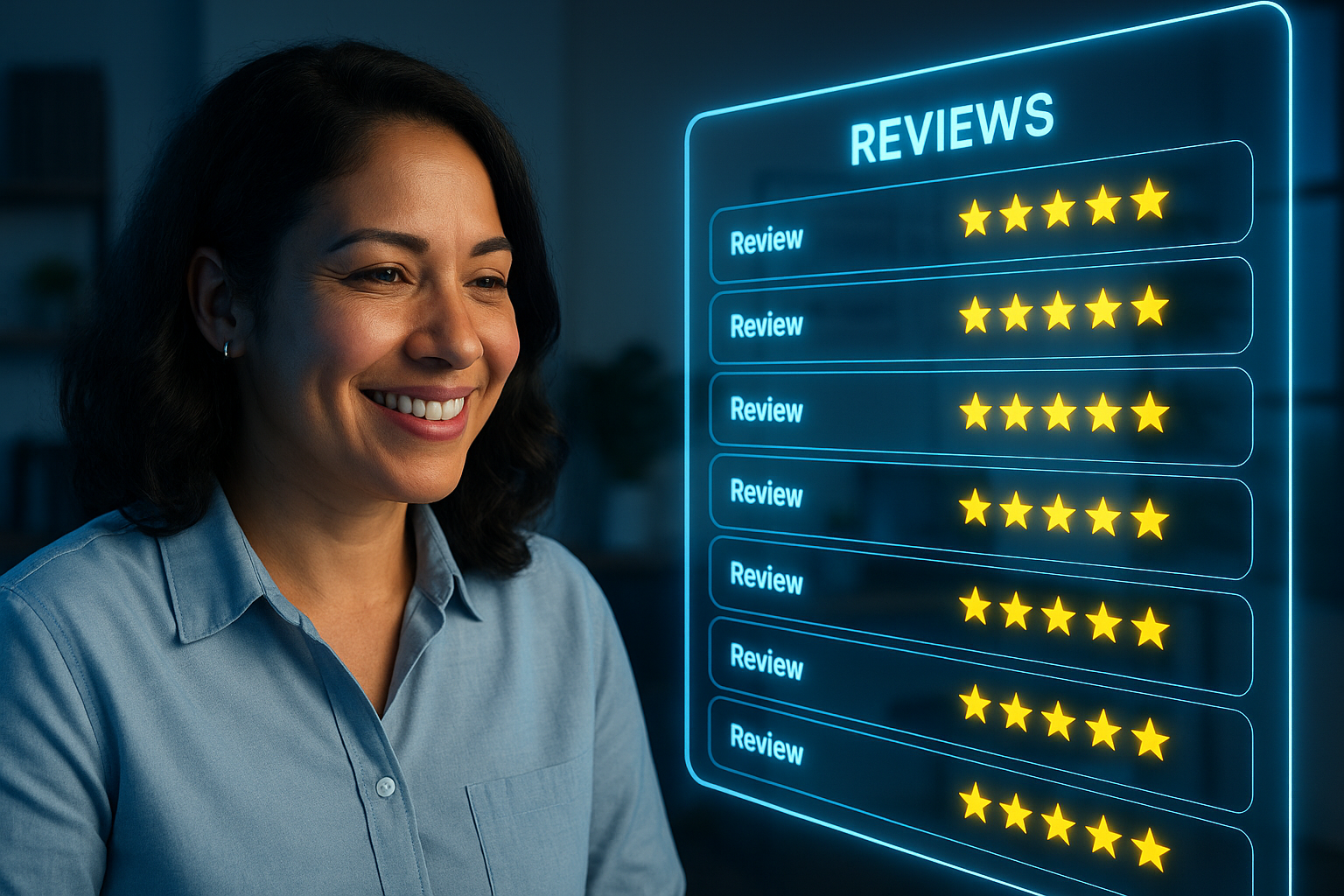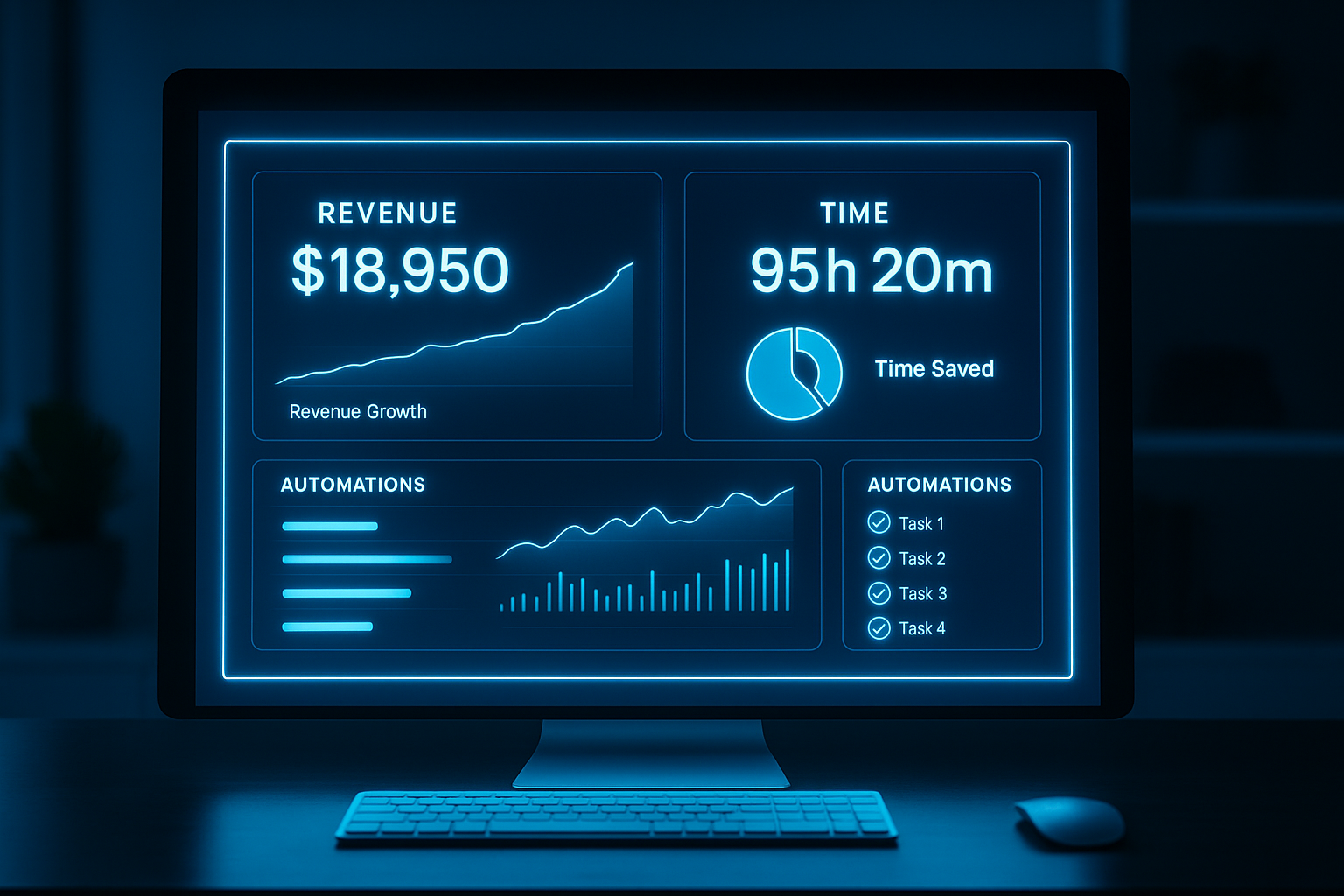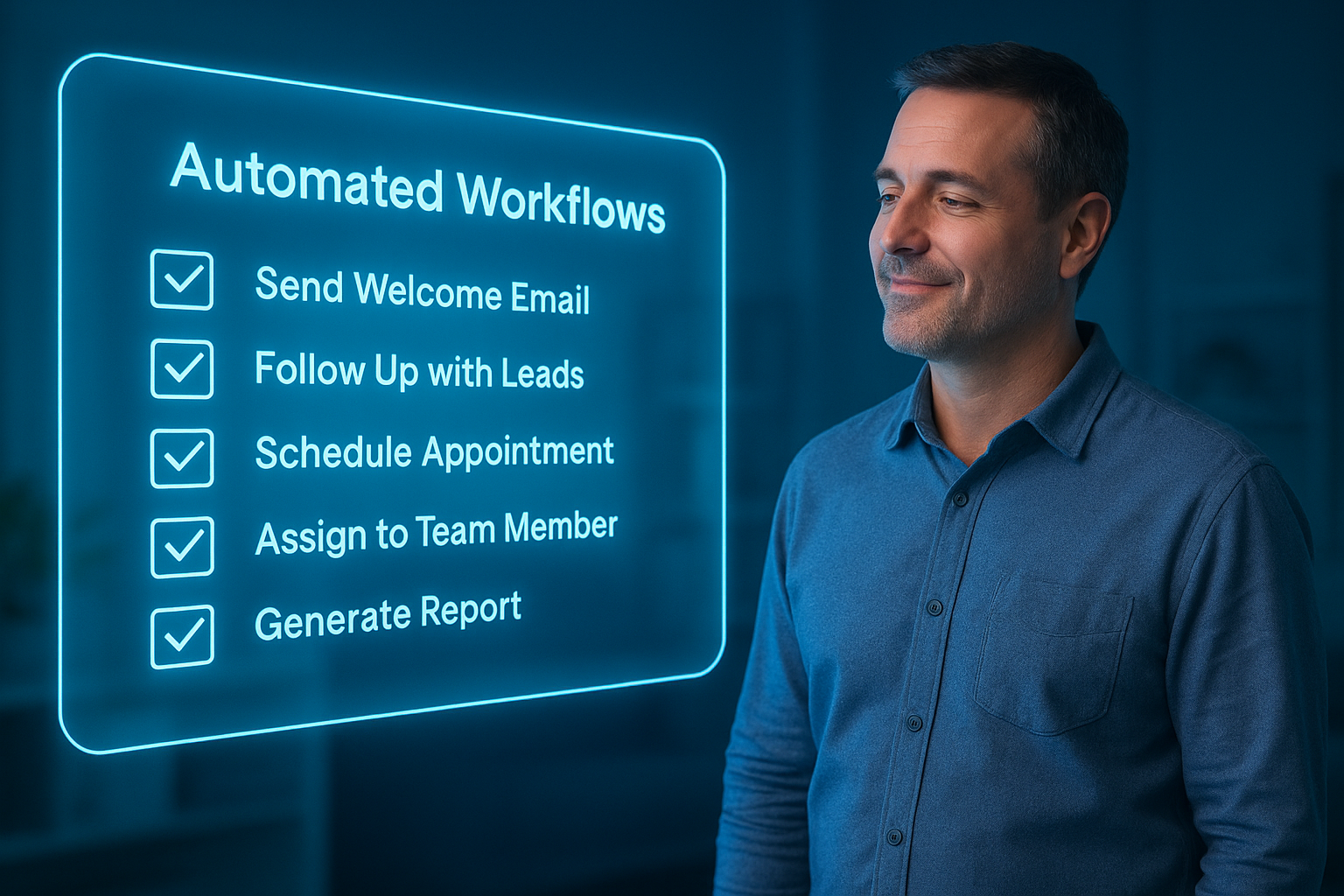What’s the Best Way to Follow Up Without Sounding Pushy?
The Line Between Helpful and Annoying Is Thinner Than You Think
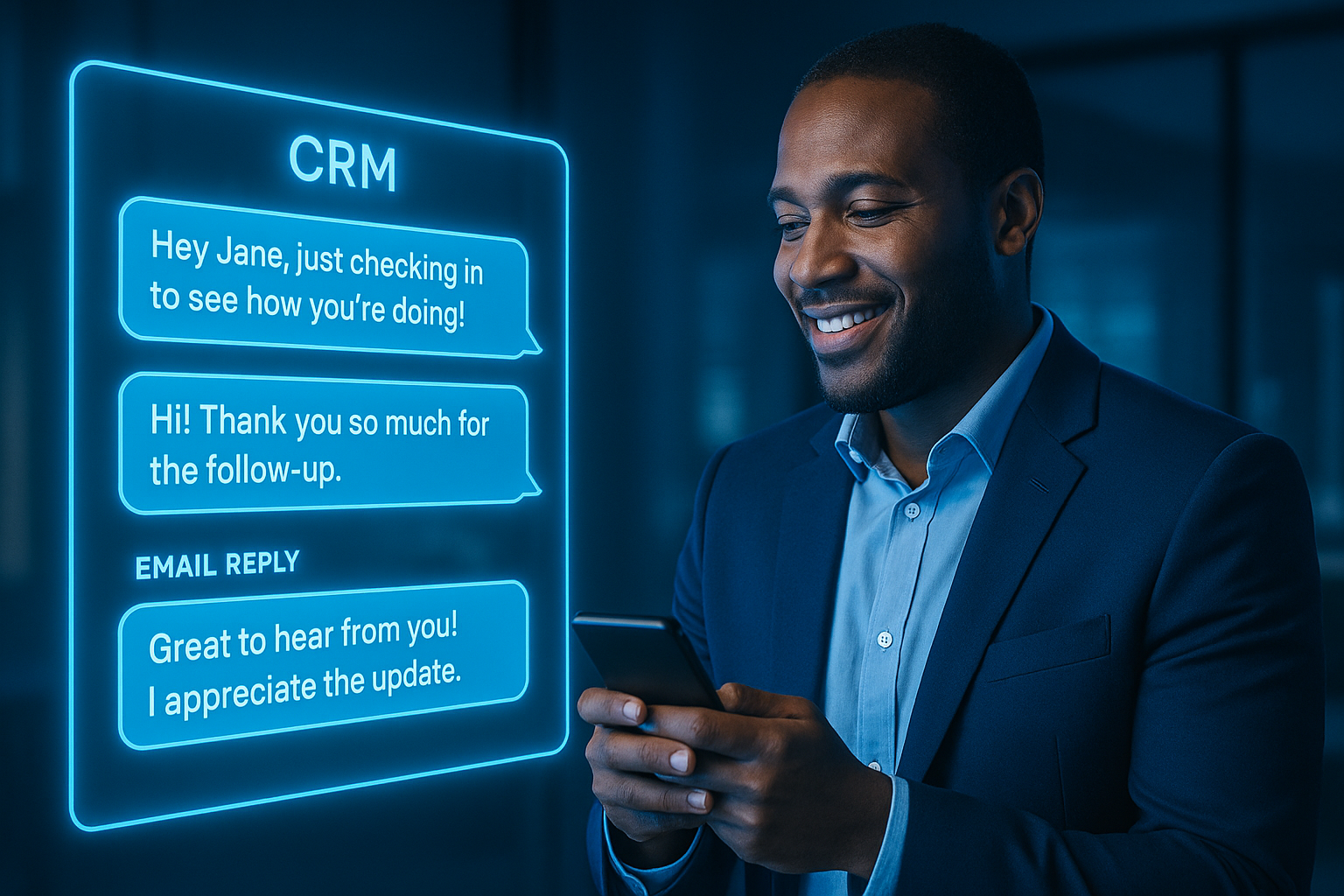
You don’t want to bug people. You just want to help them. But most businesses are either:
- Too timid (and go silent after one message)
- Or too aggressive (and make the lead hit ‘unsubscribe’)
80% of sales take 5+ follow-ups to close—yet 44% of businesses stop after just one.
What Makes a Follow-Up Feel Pushy?
Here’s what turns people off:
- Overuse of urgency (“Final chance!” “Last call!”)
- Generic templates
- No added value
- Daily reminders
- Guilt-tripping language
None of those build trust. They just build friction.
The Fix: Authentic, Value-Driven Follow-Up
Here’s what to do instead:
Step 1: Reframe Follow-Up as Service
You’re not chasing. You’re supporting.
Your tone should feel like:
- “Just checking in to see if you had any questions.”
- “Here’s something that might help while you’re deciding.”
- “Thought this would be useful based on our last convo.”
Step 2: Add Value Every Time
Every follow-up should:
- Answer an unspoken question
- Offer helpful content (video, blog, testimonial)
- Reinforce what they stand to gain—not what they’ll lose
Check out Can I Automate Follow-Ups? to learn how to scale this without sounding robotic.
Step 3: Use a Friendly Schedule
A sample cadence might look like:
- Day 1: Thank you + resource link
- Day 3: Case study or success story
- Day 7: Check-in + booking prompt
- Day 14: Final message with “no pressure” opt-out
Let them know it’s okay to say “not now”—and mean it.
Real-World Example: HubSpot’s Sales Email Sequence
HubSpot analyzed over 20 million sales emails and found that:
- Emails that focused on helping (not selling) had the highest open + response rates
- Personalizing the subject line and referencing the original inquiry tripled engagement
- Offering a blog post or short video outperformed pure CTAs by 35%
Their follow-up sequences use:
- Empathy-forward language
- Short, mobile-friendly formats
- “Let me know if you’d like to pause” options
Source: HubSpot Sales Benchmarks, 2023
Why It Works
Because your follow-up feels like:
- A conversation, not a campaign
- A helpful nudge, not a push
- A friend, not a closer
And in service businesses? Trust closes more deals than pressure ever will.
Check out How Many Times Should I Follow Up to learn how consistency matters more than frequency.
Final Takeaway
Pushy is a tone, not a tactic.
You can follow up often if you show up like a human—not a hustle bot.
Next Steps
If you’re tired of leads ghosting you—and even more tired of feeling like you’re bothering them—schedule a Business Audit with The Omnia Co. We’ll help you build an automated follow-up system that feels like you, works while you sleep, and gets better results without the pressure.
More Marketing Tips, Tricks & Tools


